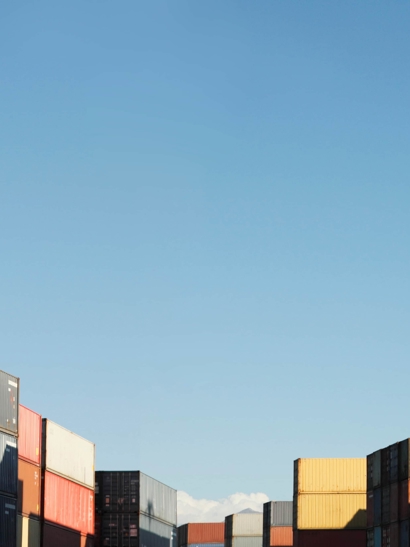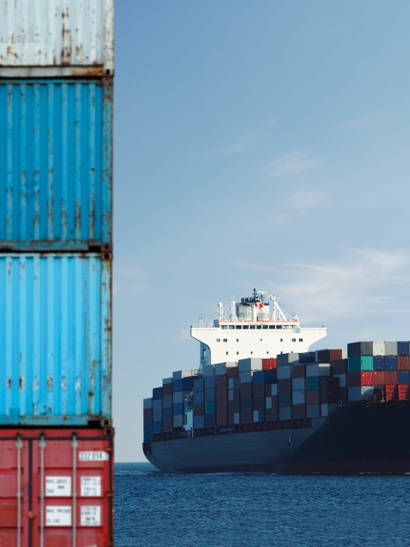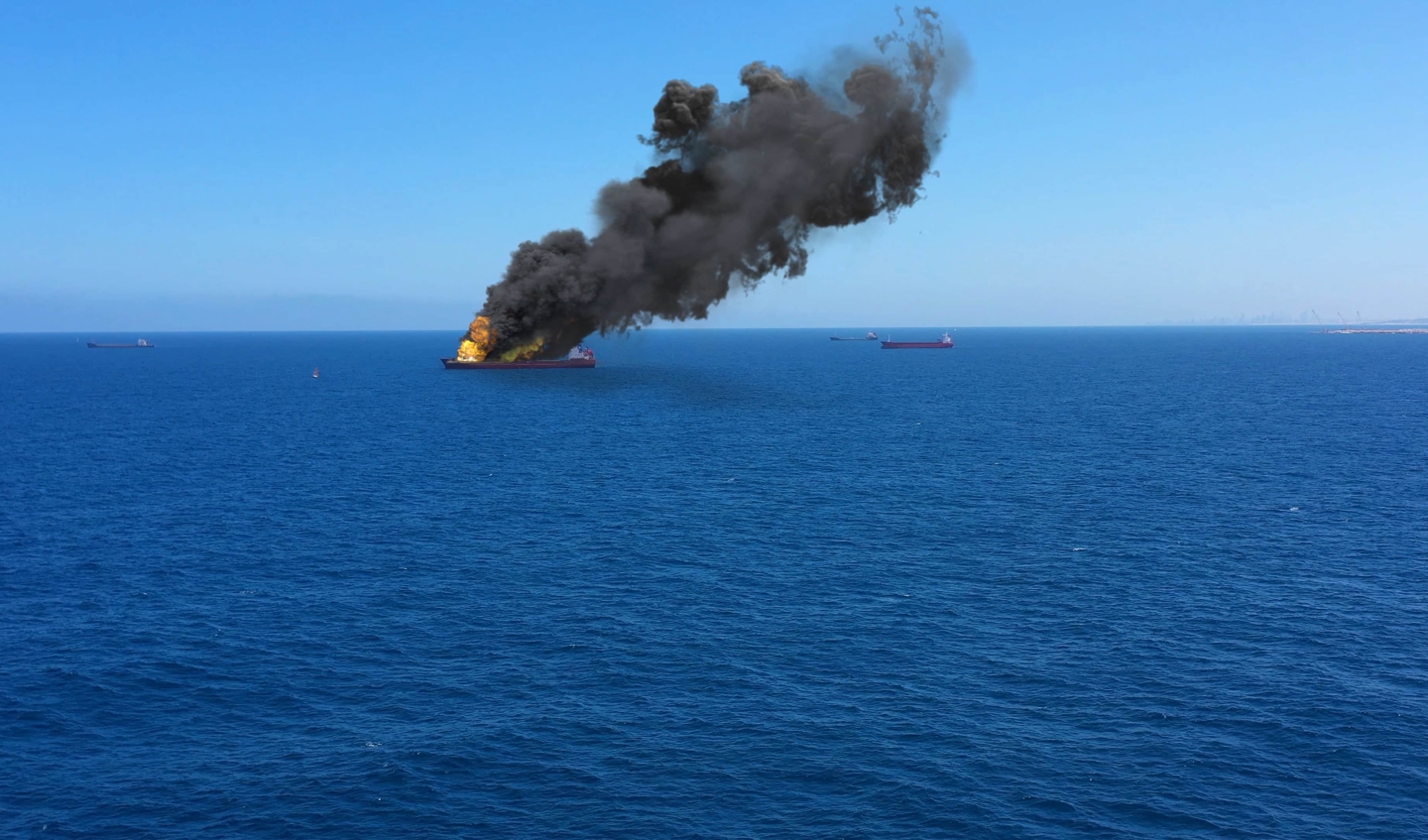Although industry data is incomplete, there is a broad understanding that on average there is one serious cargo fire a week within the maritime supply chain. Each fire, whether small or large, has the potential to cause loss of life and a major maritime casualty.
Now, the world’s first industrial safety technology accelerator is joining forces with the world’s biggest maritime cargo carriers to launch an innovation initiative to reduce cargo loss at sea through fire.
Safetytech Accelerator, established by Lloyd’s Register, has launched a collaborative technology acceleration programme, called the Cargo Fire & Loss Innovation Initiative (CFLII), in conjunction with Anchor Partners. It will identify and address key challenges through a combination of thought leadership, road mapping of technologies and scouting to rapidly identify and pilot high potential, practical technologies.
Learning from experience
Maersk is one of the partners in the initiative. Speaking to Rich McLoughlin, Head of Maritime Engagement at Safetytech Accelerator, at a webinar to mark the innovation’s launch, their Head of Maritime Standards, Aslak Ross, said the key to success will be a better understanding of what is in each and every shipping container that travels by sea; “We don’t want to install equipment that looks good and meets insurance industry expectations and regulatory requirements, but has no real effect. We have to start at the top level of the hierarchy in making sure we don’t get dangerous cargo on board. Whatever we do after that is addressing a lower level of the hierarchy. It’s important but we need to start at the top level, always.”
His organisation has direct experience of the consequences of container fires. Five seafarers lost their lives when the 15,000 TEU Maersk Honam caught fire in 2018 while crossing the Arabian Sea. The fire was caused by sodium dichloroisocyanurate dihydrate cargoes in containers.
Investigations showed that there were no regulatory breaches. This was because the International Maritime Dangerous Goods Code did not factor in the potential thermal instability of the chemicals being transported.
Ross said, “It was clear from the investigation that everything was in compliance. We need to work beyond compliance, we need to find new solutions and we can’t rely on anyone other than ourselves for the industry to make those changes. So, we started looking at how we were organised around our dangerous goods. How we approve it, what processes and systems we have in place to ensure that it is flawless. And then we looked at these tools to scan all our bookings because we believe that the root cause of fires is cargo - whether misdeclared or undeclared, or cargo that is unstable.”
Consequently, Maersk introduced technology which allows all bookings to be scanned for potential misdeclarations. Another fire prevention method utilised by Maersk is risk-based stowage, a practice that has been adopted industry-wide.


Technological solutions
It’s hoped technology will provide the answer to reducing maritime cargo fires. The Chair of the Cargo Fire and Loss Innovation Initiative, Nick Gross, who is also Global Containerships Segment Director at LR, explained more to the online audience; “What we’re trying to do here is look at innovative technology. There are mechanisms out there for different approaches such as risk-based certification to support new technologies and methodologies. We can help with that, and also in the technology certification process, which is a great way to de-risk new technologies for adoption in maritime. This can lead to approval in-principle, helping establish new solutions in the market, and we have examples that are relevant to cargo fires.”
Maersk’s Ross said, “There’s room for technology and a lot of further developments, particularly in the AI space. Early detection, machine-learning on how we detect fires, through sensors, wireless connectivity, whatever can be installed on vessels.”
Another partner, Evergreen Line, added that the nature of cargo is changing. Their Head of Operations, Capt. Y.S. Hwang, said, “Container fires are more or less the same as 30 years ago. However, there is one type of fire which I believe is new to the industry – those caused by lithium-ion batteries. This changes the threat level dramatically.”
Stimulating change
The Head of Nautical Department at Offen Group’s CPO Containerschiffreederei, Capt. Ortwin Muehr, suggested that insurance premiums be reduced for ships that have advanced technological features, to help stimulate technology development and deployment.
He said, “When you start to invest money in equipment, you increase the safety of the vessels. Insurance companies should consider lowering fees for ships with higher safety standards. This will bring firefighting quality for shipping companies forward, and this will be good for the industry.”
TT Club’s Risk Management Director, Peregrine Storrs-Fox, said that screening technologies have made significant strides, enabling liner operators to better understand their shippers.
Storrs-Fox said, “Machine-learning is increasingly being applied to particular shipments, as well as enriched data on the nature of the shipper. Fundamentally, this is technology supporting a know-your-customer type of capability. The carriers need to know who they’re dealing with in order to have an understanding of the cargo.”
HMM is also involved in the collaboration, meaning a significant proportion of the world’s container cargo-movers are taking part in the initiative. It is still open to new partnerships, which can be registered through the Safetytech Accelerator CFLII page.








